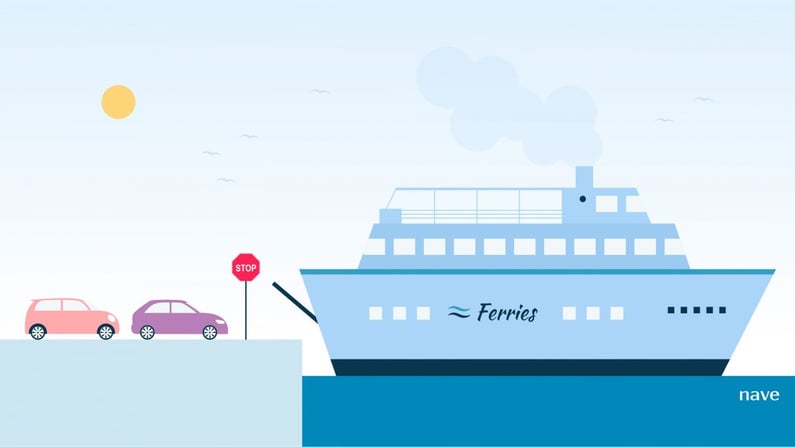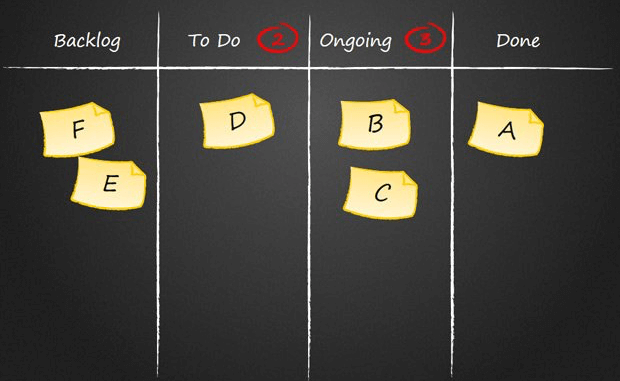Have you felt like your team is always busy, but nothing is ever quite finished? With a constant stream of new requests from clients and management, it’s easy to jump from task to task without delivering results.
WIP limits in Kanban stop too many tasks from getting stuck in the “Doing” stage – and get more Done. Apply them to your workflow to improve team focus, reduce cycle times, and increase customer satisfaction.
What Are WIP Limits?
Work In Progress (WIP) limits are an essential component of the Kanban method. The name is self-explanatory – they are simply a limit on the number of tasks that can be “In Progress” at any one time. When processes have multiple work in progress states, a WIP limit will be applied to each.
Once the WIP limit has been reached, no new work items should enter that state until one of the outstanding items is completed.
Why Do You Need WIP Limits?
WIP limits in Kanban keep tasks from getting stuck before completion. It’s an easy pitfall for a busy team. For example – a feature just needs one more tweak to be released, but other high priority tasks caused it to fall by the wayside, or an article needs to be reviewed before publishing, but the editor was on holiday and no one followed it up.
When outstanding tasks must be cleared first, the whole team is able to focus on resolving blockers. The visual nature of the Kanban board means blockers and bottlenecks can be spotted immediately.
Little’s Law and WIP Limits
Little’s Law connects WIP limits, throughput, and cycle time with the following equation:
Cycle Time = WIP/Throughput
For a team with consistent throughput, reducing the amount of work in progress means cycle times are reduced and work is delivered faster. Faster work delivery means higher customer satisfaction!
Why Multitasking Makes Things Worse
There is no such thing as productive multitasking. The most productive way of getting things done is to focus on one thing at a time.
Team members don’t switch between tasks immediately – moving from one task to another repeatedly causes the team to lose focus and waste time.
Context switching is estimated to cause at least a 10% penalty per switch. Multiple switches quickly add up to huge losses in productivity. Multitasking makes your team members feel busier while delivering less. Giving a task undivided attention is a much more effective approach to completing it efficiently.
Choosing WIP Limits
When confronted with longer-than-ideal cycle times, very often managers feel that they are falling behind and begin working on more tasks. Their reasoning appears to make sense – surely if tasks are taking too long, they should be started earlier to give the team time to finish them regardless of the current work in progress. The true result is that team members are unable to fully concentrate on and complete every single task in a timely manner because the team efforts are spread too thin.
So how do you select the optimum WIP limit for your team? The best WIP limits ensure that no team member has to multitask and that everyone has something to do. The exact limit will depend on the number of people in your team if your team is cross-functional and the size of your project tasks. A good starting point is 2 items per team member.
Tips for working with Kanban WIP Limits
If your team hasn’t limited WIP before, they may be resistant to the change – it can feel counterproductive! It’s important to resist the urge to take on more tasks at once. Here are some tips to help smooth the transition:
- Encourage idle team members to pair up with others or swarm outstanding tasks. This helps build cooperation and new skills.
- Consider Swimlanes to organize your Kanban board. Teams often have members who cannot collaborate on the same tasks – customer service and development, for example. In this case, swimlanes should be used to set individual WIP limits for these roles.
- Use Classes of Service to set WIP limit policies for priority tasks. One common example is an “Expedited” Class with a WIP limit of 1 to handle emergencies.
Stop your team from being overwhelmed with unfinished tasks and focus on getting things done. Implement WIP limits to
reduce cycle times, find and resolve blockers, and improve customer satisfaction.
Has reducing your WIP limit impacted your team productivity? How did your team find the change in the working method? Did WIP limits help you deliver results to clients faster? Tell us about your experiences in the comments.
This post is republished with permission from Nave. Nave uses data from TopLeft to make agile charts for analyzing workflow efficiency and identifying areas for improvement in your team. Learn more here.

